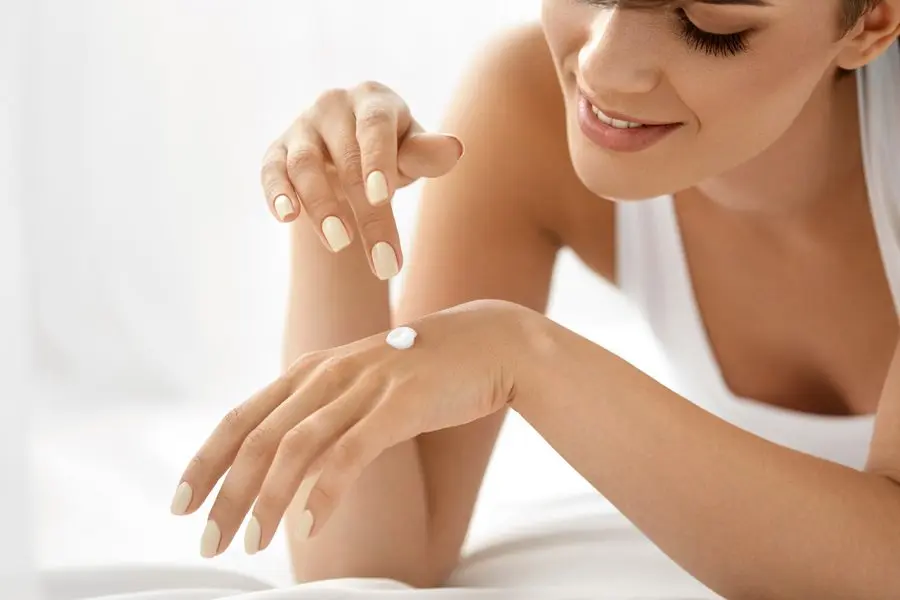
Why blacks are more likely to die from melanoma than other races
All people are susceptible to skin cancer, regardless of skin color or race. We repeat: no one is immune from skin cancer. Assuming that your darker skin safe from sun damage is a terrible myth which, according to a study conducted in Journal of the American Academy of Dermatology - can be devastating. When comparing survival rates for melanoma across racial groups, the study found that blacks had a significantly lower survival rate, with a higher proportion of later-stage (stages II-IV) cutaneous melanoma in this group compared to whites. Conclusion? More attention needs to be paid to melanoma screening and awareness raising in the non-white population to help improve survival outcomes.
What is melanoma?
Let's start with the basics. Melanoma is the deadliest form of skin cancer, according to Skin cancer. These cancerous growths develop when unrepaired DNA damage to skin cells, primarily caused by ultraviolet radiation from the sun or tanning beds, causes mutations that cause skin cells to multiply rapidly, forming malignant tumors. Most often, melanoma can resemble moles, and some even develop from moles.
Don't fall for the myth
If you think your dark skin doesn't need broad spectrum SPF sunscreen - this means that it can protect against both UVA rays and UVB rays. It's time for you to get serious about sun protection. According to Skin Cancer Foundation, most skin cancers are associated with the sun's harmful ultraviolet rays or the ultraviolet light produced by tanning beds. While darker skin produces more melanin, which can help protect the skin, it can still get sunburned and cause skin cancer due to ultraviolet radiation. The biggest problem is that not everyone knows about this fact. The study found that 63% of black participants admitted to never using sunscreen.
Certified Dermatologist and Skincare.com Expert Dr. Lisa Jeanne agrees that higher priority should be given UV protection for olive and darker skin tones who may not know they need it. "Unfortunately," she says, "it's often too late by the time we get skin cancer in patients of that color."
Take the necessary precautions
To potentially avoid visible signs of premature aging and skin damage, all skin types and tones should take the necessary precautions. Remember: Early detection is key, so it's important annual skin scan by a doctor.
Wear a broad spectrum SPF every day: Apply a broad-spectrum waterproof SPF 15 or higher daily to all exposed skin. We recommend CeraVe Hydrating Mineral Sunscreen SPF 30 Face Sheer Tint, which does not leave a white coating on deep areas of the skin. Reapply at least every two hours, especially after toweling, sweating or swimming. Editor's Note: It's important to know that there is currently no sunscreen on the market that can completely filter out 100% of the sun's harmful rays, so extra sun protection measures should be taken.
Avoid Peak Sunshine: Are you going outside for a long time? Avoid peak hours of sunshine – 10 a.m. to 4 p.m. – when the rays are at their most direct and powerful. If you must be outside, look for shade under an umbrella, tree, or awning, and apply sunscreen.
Avoid tanning beds: Think indoor tanning is safer than sunbathing? Think again. Research shows that there is no such thing as a "safe" tanning bed, tanning bed, or tanning bed. In fact, AAD reports that just now One indoor tanning session can increase your risk of developing melanoma by 20%
Wear protective clothing: Did you know that clothing can protect your skin from the sun's harmful UV rays if you can't stay indoors or find shade? Clothing can help block out most of the harmful UV rays we are exposed to when we are outdoors. Wear long shirts and trousers, opt for wide-brimmed hats and sunglasses with UV protection. If it's very warm outside, choose breathable lightweight fabrics that won't weigh you down.
Check the warning signs: Check your skin monthly for new or changing moles, lesions, or marks. Some Skin cancer can be cured if caught earlyso this step can make a huge difference. A good way to look for warning signs is to use the ABCDE method. When examining moles, pay attention to the following key factors:
- A for asymmetry: typical moles are usually round and symmetrical. If you have drawn a line across your mole and found that the two halves do not match, asymmetry is a clear warning sign of melanoma.
- B for borders: benign moles will have smooth and even borders without scallops.
- C for Color: Typical moles have only one color, such as one shade of brown.
- D for Diameter: Typical moles tend to be smaller in diameter than malignant ones.
- E - Evolution: benign moles look the same over time. Note any changes in the size, color, shape, and height of your moles and birthmarks. For a more thorough scan, make an appointment with a specialist.
Get your annual skin exam: Make an appointment with a dermatologist for a complete check-up at least once a year. Your doctor will carefully examine any suspicious marks or lesions using a bright light and a magnifying glass, and scan hard-to-reach areas.
Leave a Reply